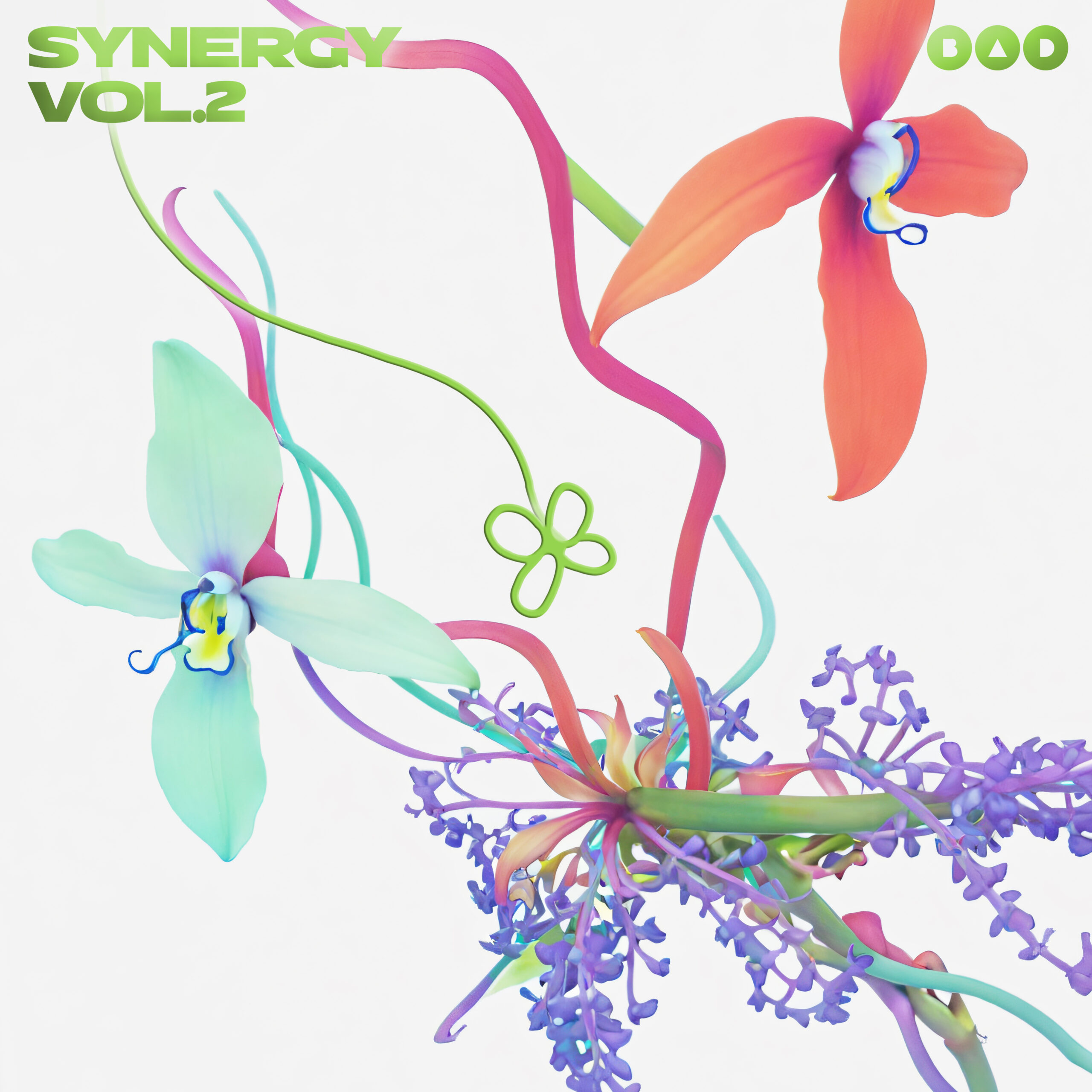Influences: The Radiophonic Workshop

The influences of the Radiophonic Workshop are individual to every composer who was ever a member. The Workshop – at least at the time it was part of the BBC – was an eclectic group of technicians, engineers, musicians and thinkers who, when faced with briefs from producers of radio and television, designed sound and music to enhance the image. They worked with it to provide the sonic landscape in which the mood and emotion of the director’s work could be framed.
Whether it was for BBC Schools programs or landmark works such as Doctor Who their limited resources and experimental problem solving abilities helped them create new sounds and new approaches to sound. The principles of what they became were laid down in the early days of the Workshop in 1958-59 when the principles of emerging electronic technologies, Musique Concrete and found sounds, were integrated into an experimental lab that became – and remains – an influential powerhouse of innovation for musicians of all kind – but especially electronic artists. From the Beatles to Pink Floyd and Four Tet to Aphex Twin they helped to inspire a generation of musicians.
These are just some of the many diverse influences that have helped the Workshop establish their unique practice as composers.
"Burials In Several Earths" is out now on Room 13 records.
The Radiophonic Workshop will play two events at The British Library, on Friday 13th October.
Hearing Tomita’s extraordinary work was the moment I think I realised how powerful and emotive machines and electronic music could be – and just how evocative and expressive synth technologies were in the hands of someone who knew and felt what they were doing. These are electronic renditions of Debussy pieces and are, to my mind, extraordinarily powerful in the electronic manifestations.




























